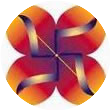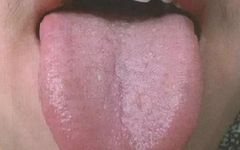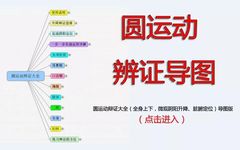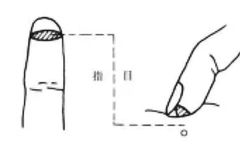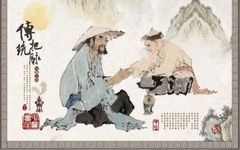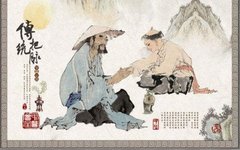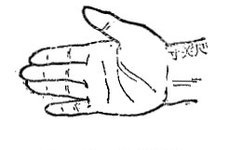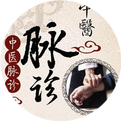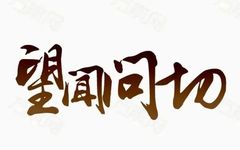Pulse Diagnosis in “Shang Han Lun” and “Jin Kui Yao Lue”
For listeners who enjoy audiobooks, you can click below to listen to the audio. Here, we will use the pulse diagnosis from “Shang Han Za Bing Lun” as a standard to explain the diagnostic application of pulse methods based on disease pulse syndrome treatment. 1. Pulse Diagnosis in “Shang Han Lun” Floating pulse indicates that … Read more

